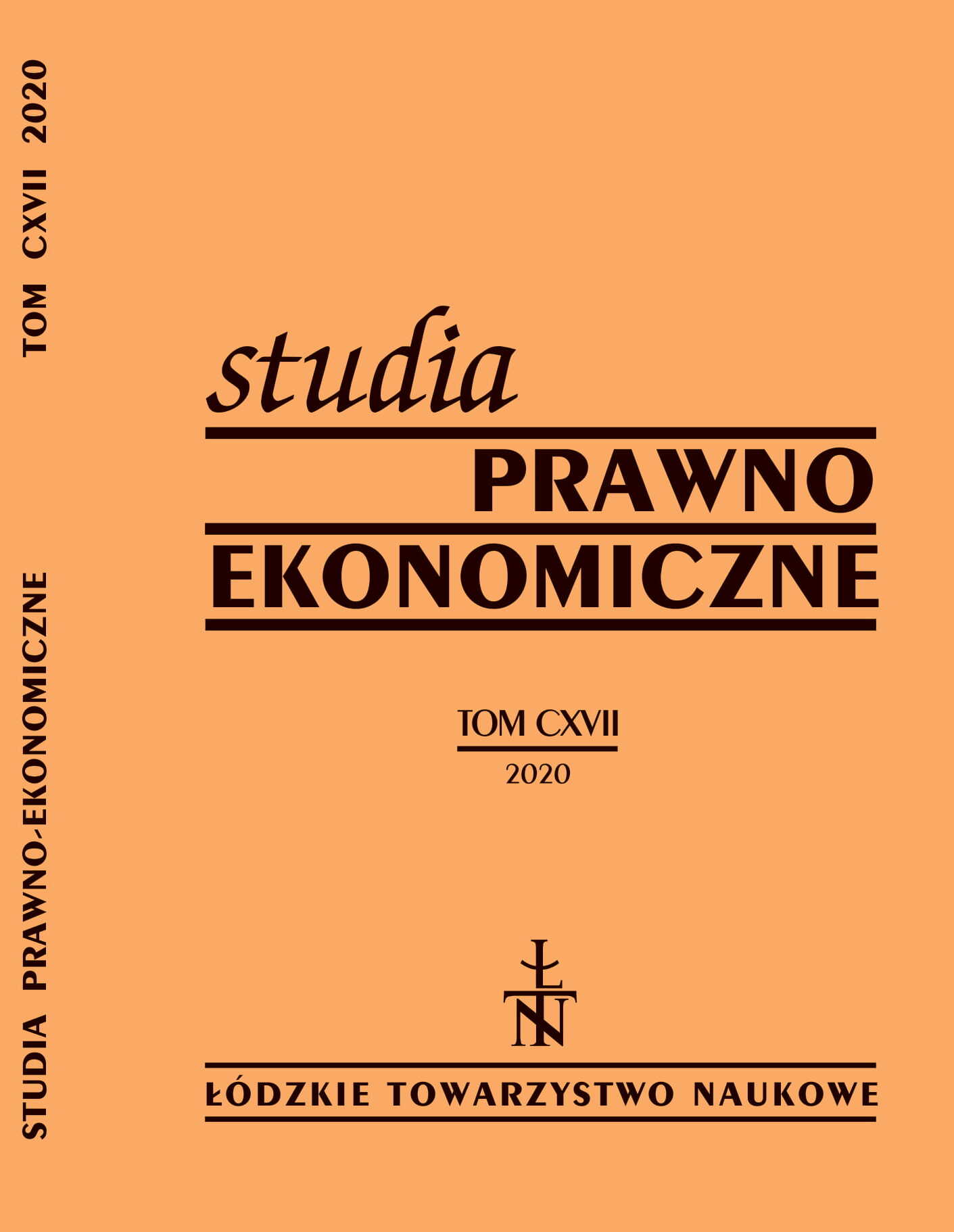Czechosłowacka reforma walutowa z 1919 roku
Czechoslovak monetary reform of 1919
Author(s): Martin PracnýSubject(s): Economy
Published by: Łódzkie Towarzystwo Naukowe
Summary/Abstract: Background: Monetary reform is a complicated and costly economic process, wherein the value of the currency or the currency itself changes in a given territory as a result of an intervention by state authorities or other authorities having power. This article deals with the 1919 monetary reform in Czechoslovakia. It is worth noting that there is little information on the described reform in Polish sources. From this arose the motivation to address this topic. Research purpose: This study aims to analyze the Czechoslovak monetary reform of 1919 and try to answer the question whether it was necessary to carry out monetary reform in the post-war period. The study also takes into account an explanation of the legal and technical aspects of the reform – how was it carried out – and evaluates whether the objectives set by its main author – the first finance minister of the Republic of Czechoslovakia Alois Rašín – were achieved. Methods: The main methods used in the paper are legal-dogmatic and historical-legal analyses of legal acts introduced during the implementation of the reform as well as other government documents. Conclusion: The Czechoslovak monetary reform of 1919 could not be avoided. The need for isolation from the disordered monetary system of the defeated Austro-Hungarian monarchy to-gether with the creation of own strong currency were obvious priorities. Despite the criticism of the reform and the difficulties in achieving all of its goals, it laid the foundations for the newly formed Republic.
Journal: Studia Prawno-Ekonomiczne
- Issue Year: 2020
- Issue No: 117
- Page Range: 315-333
- Page Count: 19
- Language: Polish

